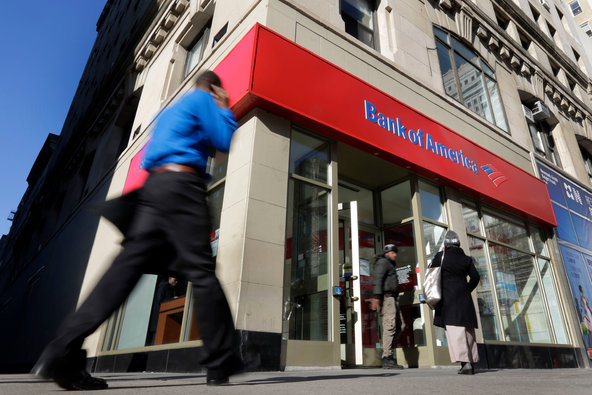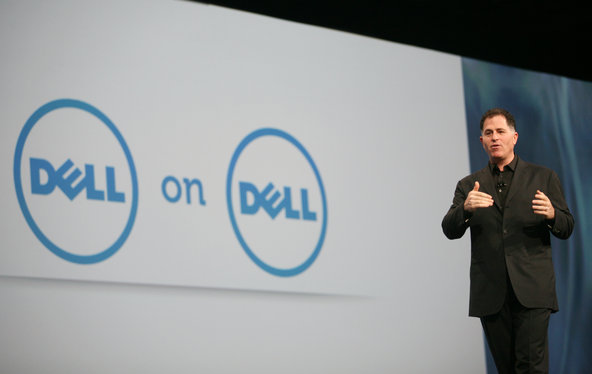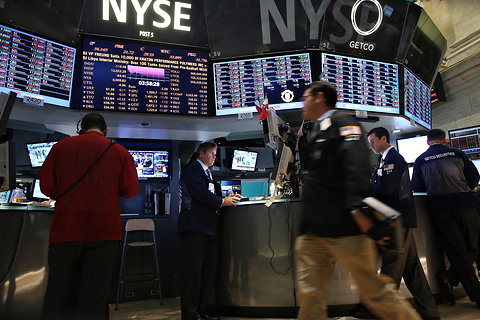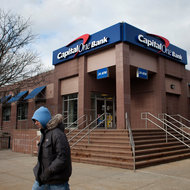Stocks had a mixed close on Wednesday as a drop in shares of Apple weighed heavily on the Nasdaq and after President Obama pledged to explore Russia’s diplomatic plan to remove chemical weapons from Syria.
By the end of trading the Standard Poor’s 500-share index was up 0.3 percent, the Dow Jones industrial average gained 0.9 percent and the Nasdaq composite was down 0.1 percent.
Apple shares slumped 5.4 percent, and were the biggest drag on both the S. P. 500 and Nasdaq indexes. Credit Suisse, UBS and Bank of America Merrill Lynch each lowered their rating on the stock to neutral after the company unveiled new iPhone models Tuesday.
Part of the problem for Apple, said Ken Polcari, director of the N.Y.S.E. floor division at O’Neil Securities in New York, is that analysts and consumers “keep comparing everyone who speaks, every product that comes out to what Steve Jobs would have done.”
“Apple is a great company, they’ve done the right thing in coming up with two price products to meet the marketplace — it’s Apple and everybody likes to take a shot at it,” he said.
In a speech Tuesday evening Mr. Obama said a Russian offer to pressure President Bashar al-Assad of Syria to place his government’s chemical weapons under international control increased the odds of putting off a limited military strike that he is considering, but voiced skepticism about the plan.
Mr. Obama also asked leaders in Congress to put off a vote on his request to authorize the use of military force in order to allow diplomacy to play out.
“I don’t see any compelling reason the market should sell-off here and certainly with the potential international diplomacy bomb being defused, we will move sideways here for the next few days until we get the Fed next week,” said Keith Bliss, senior vice president at Cuttone Company in New York.
The Federal Reserve is scheduled to begin a two-day policy meeting on Sept. 17, at the conclusion of which many market participants expect the central bank to announce it will begin to scale back its bond-buying program, which has helped shore up the economy and boost the stock market this year.
United States benchmark crude rose, gaining 31 cents a barrel to $107.70.
The S. P. 500 has gained 3.1 percent over the past six sessions, its longest winning streak in two months, as concerns ebbed about a Western military strike against Syria and as data showed improving growth in China, the world’s second-biggest economy.
Texas Instruments, the No. 3 chip maker in the United States, dipped 0.7 percent after it lowered its third-quarter forecast.
Harvest Natural Resources, an oil and gas producer, surged 26.8 percent after the company said it was in exclusive talks to sell itself to Argentina’s Pluspetrol in a deal valued at about $373 million including debt.

Article source: http://www.nytimes.com/2013/09/12/business/daily-stock-market-activity.html?partner=rss&emc=rss







